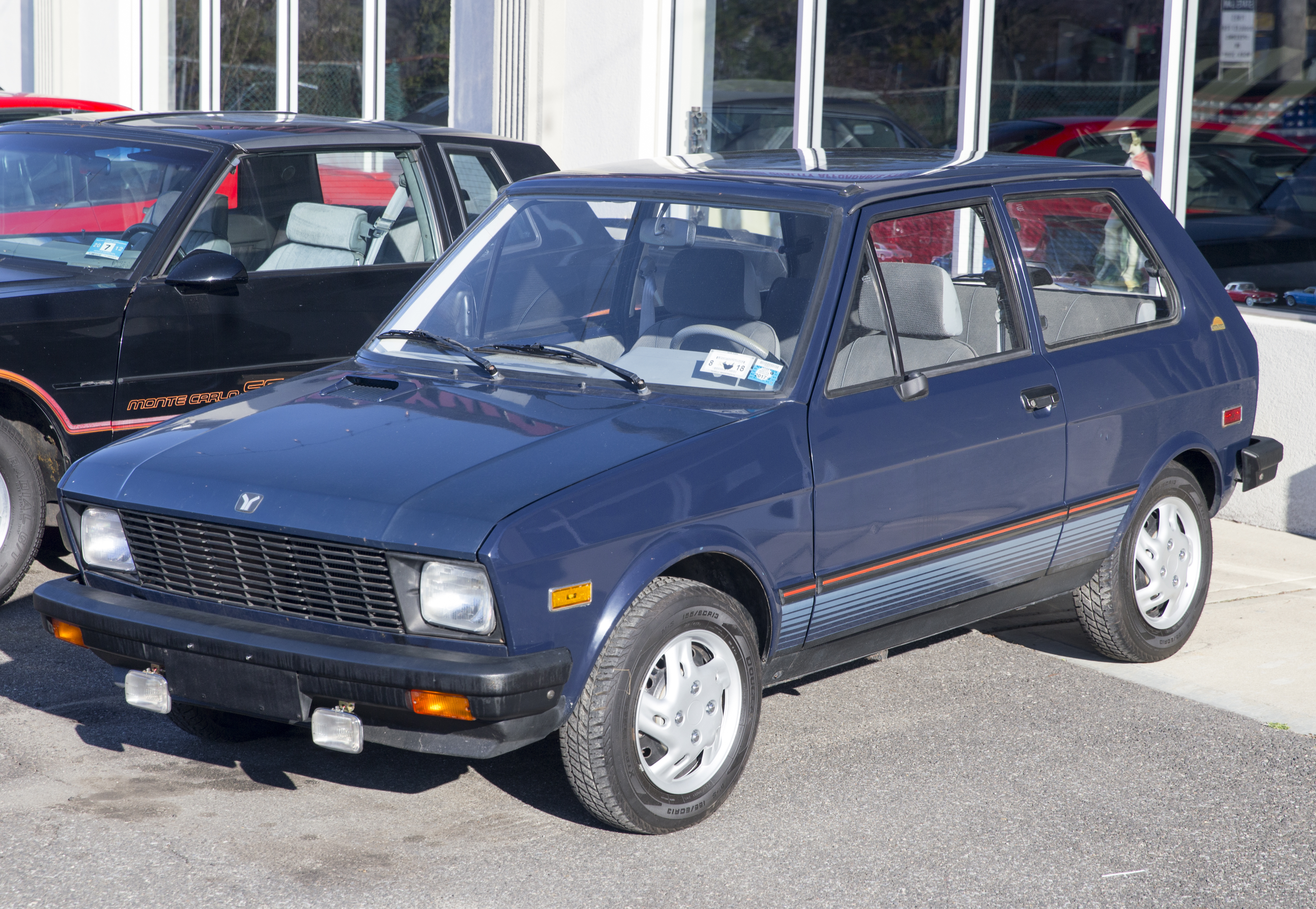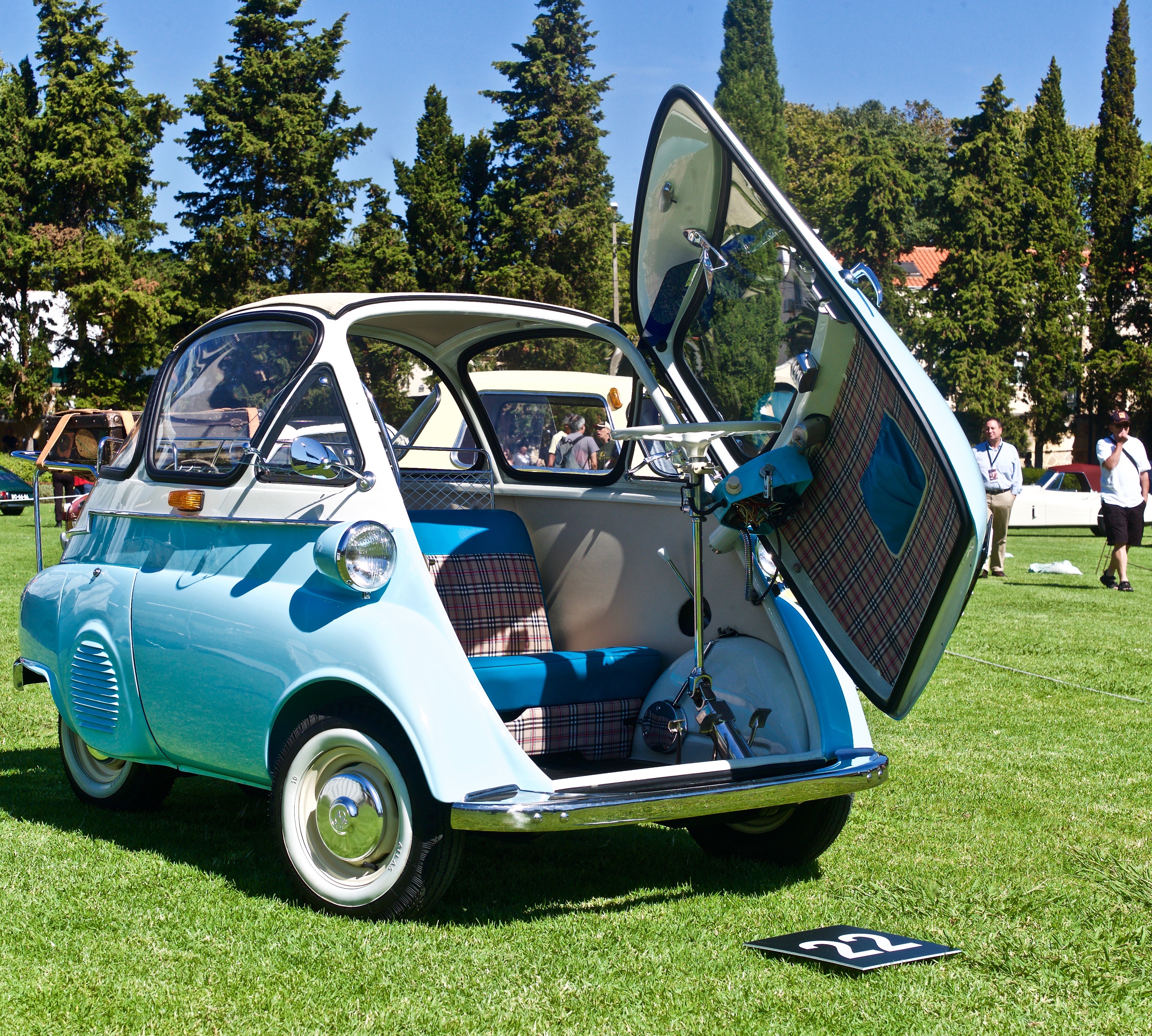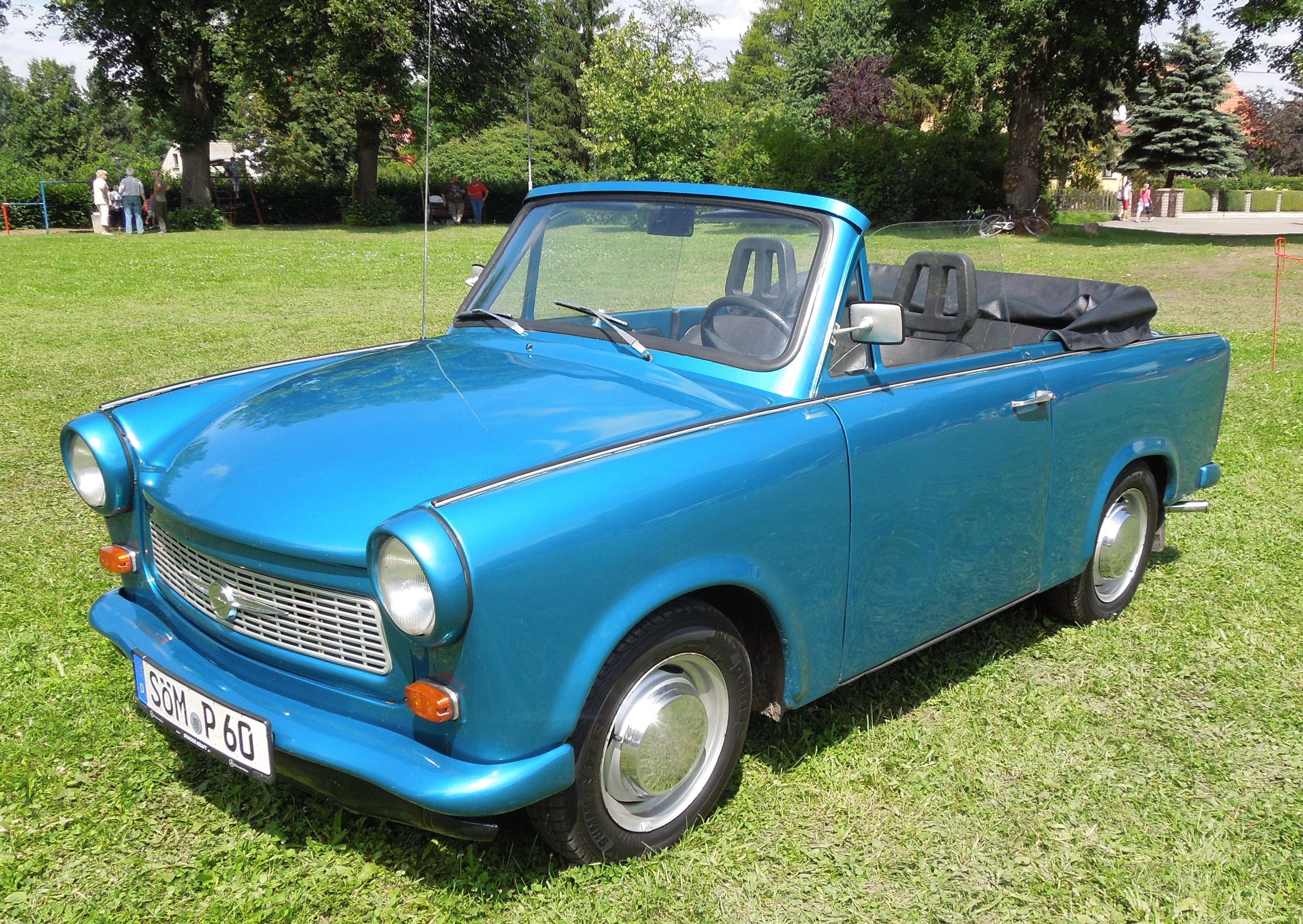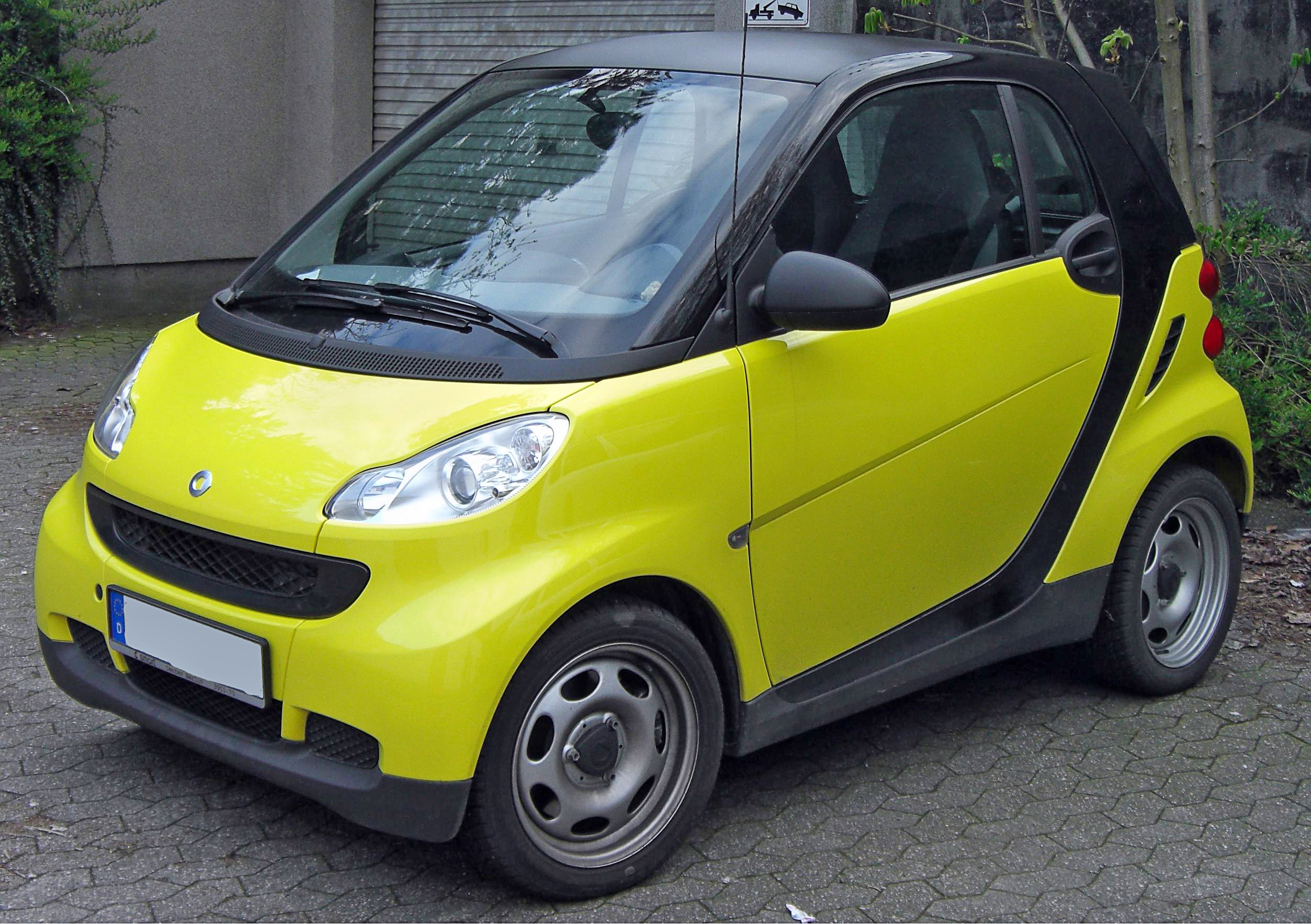
Throughout automotive history, certain vehicles have gained infamy for their perilous reputation on the roads, showcasing how not every car meets the expected safety standards set by drivers and regulatory bodies. From critical design flaws to devastating mechanical failures, some cars have led to tragic accidents, leaving families shattered and lives altered forever, even as manufacturers later attempted to rectify these issues through recalls. While some of these models may have become classics, it’s essential to approach them with caution, as their allure does not overshadow their inherent dangers; drive them at your own risk! These are the 20 most dangerous cars in history that every driver should be aware of.

1. **Yugo GV**: The Yugo GV is infamous for its reputation as one of the most dangerous cars ever produced. Manufactured in Yugoslavia during the 1980s, its low price and compact design made it appealing, but its build quality and safety features were severely lacking. The Yugo GV suffered from frequent mechanical failures, including brake malfunctions and even engine fires. Its poor construction led to a high risk of accidents and injuries, and it is said that there were at least three fatalities for every 10,000 vehicles made. The Yugo GV’s legacy serves as a cautionary tale about the importance of quality control and safety standards in automobile manufacturing.

2. **Audi 5000**: Produced in the 1980s, the Audi 5000 faced significant safety concerns that tarnished its reputation. Reports of unintended acceleration led to nearly 700 accidents and six fatalities, prompting a widespread recall. Investigations revealed design flaws, including placement of the brake and accelerator pedals, contributing to driver error. Though later models were improved, the damage to Audi’s image persisted for quite some time.

3. **Kia Rio**: This compact car has undergone significant improvements over its production history. However, earlier models faced criticism for safety concerns and were rated poorly in crash tests, raising doubts about their safety features. According to Motor Trend, there are about 122 fatalities per million registered vehicles. While newer models may be safer, there’s still plenty of older ones out on the road, lurking as dangerous relics of their past.

4. **Ford Pinto**: The Ford Pinto gained notoriety for its safety issues, particularly regarding its fuel system. Criticized for its design flaw, the Pinto’s rear-mounted fuel tank was susceptible to rupturing in rear-end collisions, leading to fires and fatalities. Internal memos revealed that Ford was aware of the risks during development but chose not to address them due to cost concerns. The resulting scandal tarnished Ford’s reputation and led to costly legal battles, with some reports suggesting that the fatality toll was around 27, while up to 180 people had at least suffered from severe burns.

5. **Chevrolet Corvair**: The Chevy Corvair faced controversy due to safety concerns and design flaws. Its rear-engine layout and swing-axle suspension made it prone to oversteer and instability, which led to accidents and rollovers. Consumer advocate Ralph Nader’s book Unsafe at Any Speed: The Designed-In Dangers of the American Automobile highlighted these issues, bringing national attention to Corvair’s safety shortcomings. Despite improvements made in later models, including the addition of an independent rear suspension, the damage to the Corvair’s reputation was irreparable.

6. **Chevrolet Cobalt**: Manufactured from 2004 to 2010, the Chevy Cobalt gained notoriety for its lethal ignition switch defect, which was linked to numerous accidents and tragic fatalities. Drivers found themselves in a precarious situation when faulty switches turned off the engine suddenly, disabling vital safety mechanisms like airbags at the worst possible moments. The public outcry and ensuing backlash against General Motors for their sluggish response to recalls resulted in intense congressional scrutiny, enormous recalls, and significant legal ramifications for the corporation.

7. **BMW Isetta**: The BMW Isetta became a symbol of efficiency and affordability, yet it also sparked safety anxieties due to its unconventional front-opening door design. In the unfortunate event of a frontal crash, the door represented a serious threat to the safety of those inside, as it was the sole access point for entry and exit. This unique configuration meant that both drivers and passengers could find themselves trapped inside the vehicle during catastrophic scenarios, raising serious concerns about its overall safety.

8. **Ford Bronco II**: Built during the 1980s and early 1990s, the Ford Bronco II became infamous for its multitude of safety shortcomings, particularly its alarming tendency to rollover. With a high center of gravity and a narrow track width, the vehicle was prone to tipping over during sudden maneuvers or sharp turns, leading to numerous injuries and fatalities. Despite Ford’s attempts to rectify these issues through recalls and modifications aimed at improving stability, the Bronco II’s legacy of rollover incidents tarnished its reputation, ultimately culminating in its discontinuation.

9. **Pontiac Fiero**: The appropriately named Pontiac Fiero suffered from a wave of problems. Early models were prone to engine fires due to inadequate cooling systems, leading to recalls. Despite its initial popularity, the Fiero also faced criticism over safety concerns, particularly regarding its handling and reliability. Additionally, its suspension and braking systems were criticized for subpar performance, affecting its overall driving dynamics.

10. **Toyota Yaris**: Research conducted by the Highway Loss Data Institute revealed that the Yaris exhibited the highest frequency of personal injury claims, registering 28.5 claims per 1,000 Yaris vehicles insured by the industry. Much of this has to do with the vehicle’s size since being in a smaller vehicle makes one much more vulnerable to personal injury in the event of a crash. Today, the Yaris is discontinued, leaving a legacy that is mixed at best.
11. **Renault Dauphine**: Initially embraced by the European market as a compact economy car, the Renault Dauphine’s introduction to the American automotive scene was marred by a series of challenges. Critics were quick to highlight its lackluster performance and persistent reliability problems, noting that it took an astonishing 32 seconds to accelerate from 0 to 60 mph, rendering it a frustrating option on the road. Additionally, its propensity to rust led many American owners to abandon the model after just one winter, cementing its reputation as a vehicle to forget and earning it a notable place on numerous ‘worst car’ lists.

12. **Trabant**: The Trabant is often described as a symbol of East German automotive woes, and for good reason. With its outdated two-stroke engine, it produced a plume of exhaust that was more akin to a smoke signal than a modern vehicle’s emissions. Its low horsepower and poor fuel economy made for a frustrating driving experience, and the car was notorious for its flimsy body made from duroplast. While it gained a quirky cult following after the fall of the Berlin Wall, the Trabant’s place in automotive history is cemented as one of the worst cars ever made.

13. **Edsel**: Launched with all the fanfare and hype of a blockbuster movie, the Edsel was a monumental flop for Ford. Despite significant investment, consumers found it to be just a repackaged Mercury with few truly new features. The public’s disappointment turned the Edsel’s name into a byword for failure in the automotive world. The infamous “horsecollar” grille was ridiculed, and the car’s release coincided with changing market preferences that left it out in the cold.

14. **Hillman Imp**: The Hillman Imp entered the market with high hopes as a competitor to the Mini, but it soon fell victim to poor design and quality control issues. Its rear-engine layout and production rushed into the market led to reliability problems that disenchanted early adopters. Though it had some promising features, the Imp’s shortcomings ultimately overshadowed its initial appeal, leading to its disastrous sales and eventual demise.

15. **Fiat Multipla**: The Fiat Multipla is a fascinating case of a car that was ahead of its time yet critically panned for its aesthetics. While offering spacious interiors and excellent practicality, the quirky design was often described as ugly. Its unique proportions and unconventional styling elements left it vulnerable to harsh criticisms, with many automotive journalists and enthusiasts alike taking shots at its appearance. Despite its practical advantages, the Multipla’s looks have relegated it to the “worst car” lists.

16. **Pontiac Aztek**: Intended to be a versatile crossover, the Pontiac Aztek quickly became a target for ridicule within the automotive community due to its polarizing design. While it boasted practical features like a spacious interior and innovative storage solutions, its unconventional and awkward shape overshadowed these benefits, earning it the notorious title of one of the ugliest cars of its era. Today, although a handful of enthusiasts appreciate its quirky appearance, its legacy remains forever tied to a pivotal misstep in Pontiac’s history.

17. **Chrysler PT Cruiser**: Upon its debut, the PT Cruiser was celebrated for its nostalgic styling, yet this enthusiasm faded as serious reliability concerns emerged. Owners frequently reported a variety of issues, ranging from engine malfunctions to disappointing interior quality, leading many to reconsider their initial adoration for the vehicle. Despite its charming retro design, the PT Cruiser ultimately succumbed to a tarnished reputation fueled by poor performance and lackluster safety ratings, although it has managed to capture the interest of some collectors over time.

18. **Nissan Leaf (early models)**: While the Nissan Leaf paved the way for electric vehicles and gained recognition as a trailblazer in the EV market, its early models faced considerable backlash due to their limited range and troubling battery durability issues. Many early adopters experienced significant battery capacity loss after only a few years of use, leading to widespread dissatisfaction among drivers. Although newer models have made substantial improvements, the early Leaf often serves as a cautionary tale about the growing pains associated with advancing electric vehicle technology.

19. **Isuzu VehiCROSS**: The Isuzu VehiCROSS stood out for its distinctive styling, yet it struggled with performance issues that left it as divisive as it was rare. Although its daring design was ahead of its time, critics lambasted it for limited practicality and an uncomfortable driving experience. This niche appeal, coupled with its quirky appearance, ultimately resulted in a short production run, leaving the VehiCROSS as a curious, albeit flawed, artifact from the late ’90s automotive scene.

20. **Smart Fortwo**: The Smart Fortwo was heralded as a solution for urban driving, but it soon garnered complaints for its cramped interiors and underwhelming performance. Many drivers found the car’s size a hindrance rather than an advantage, and it struggled to fit into the growing crossover and SUV market. Despite its original intent to be a practical city car, the Fortwo’s limitations in speed and space led to a disappointing reception in many markets.

Reflecting on these infamous vehicles, it becomes evident that the annals of automotive history are replete with essential lessons surrounding design, engineering, and consumer expectations. Each of these cars embodies a unique tale of ambition and failure, reminding us of the crucial role safety, quality, and reliability play in our automotive choices. As both car enthusiasts and discerning consumers, we can glean valuable insights from these past experiences, ensuring that we prioritize vehicles that not only captivate our imagination but also safeguard our well-being on the roads.
Related posts:
10 Most Dangerous Cars of All Time
List of automobiles known for negative reception
10 Most Dangerous Cars in America




